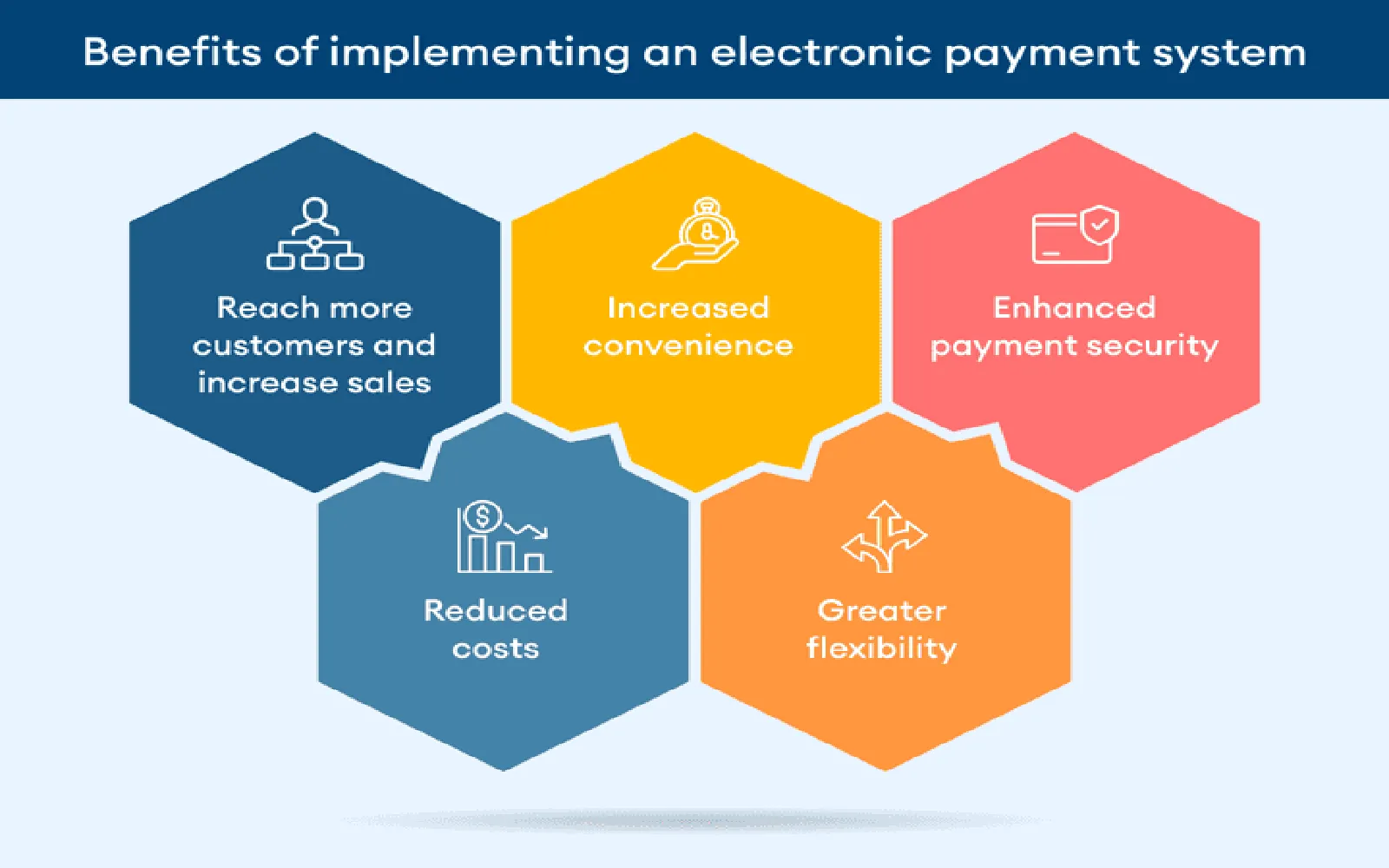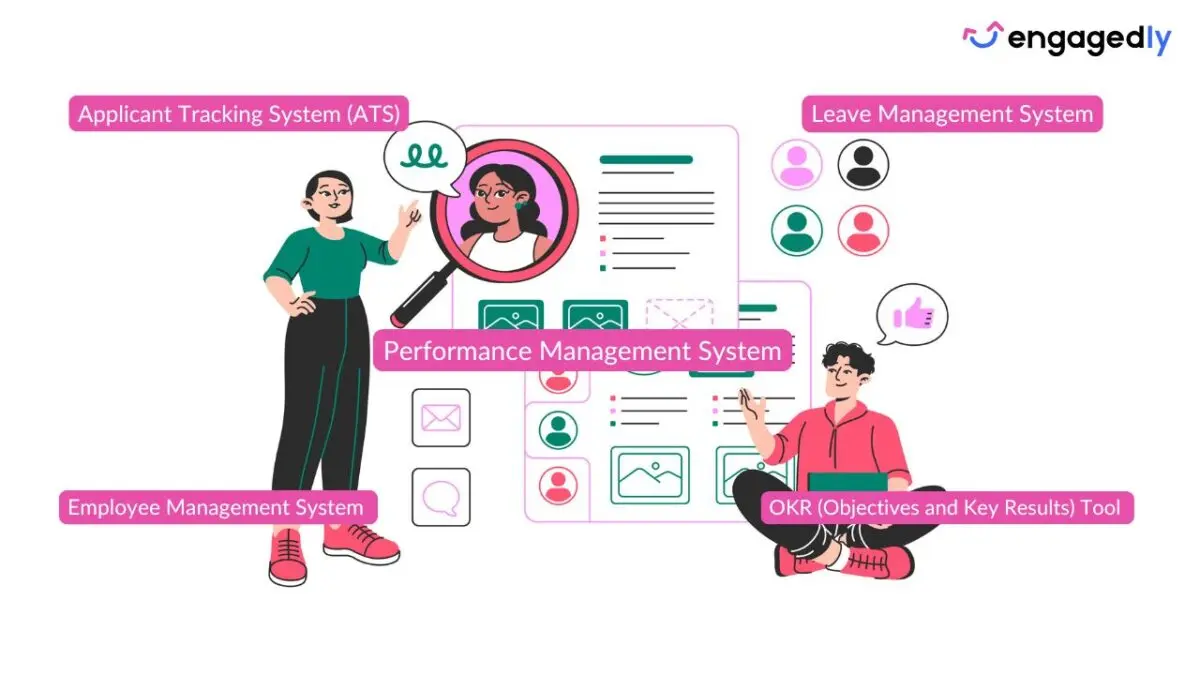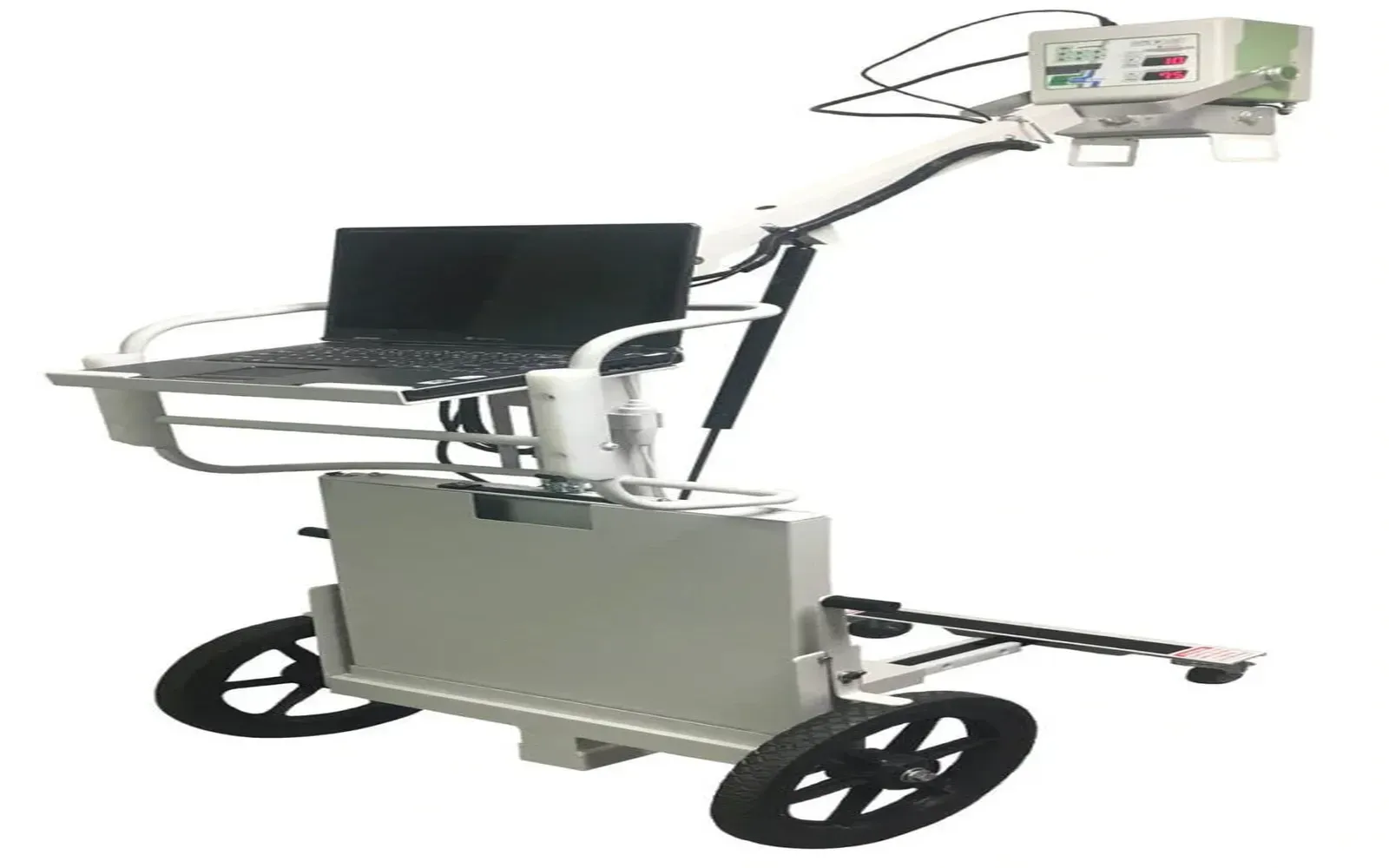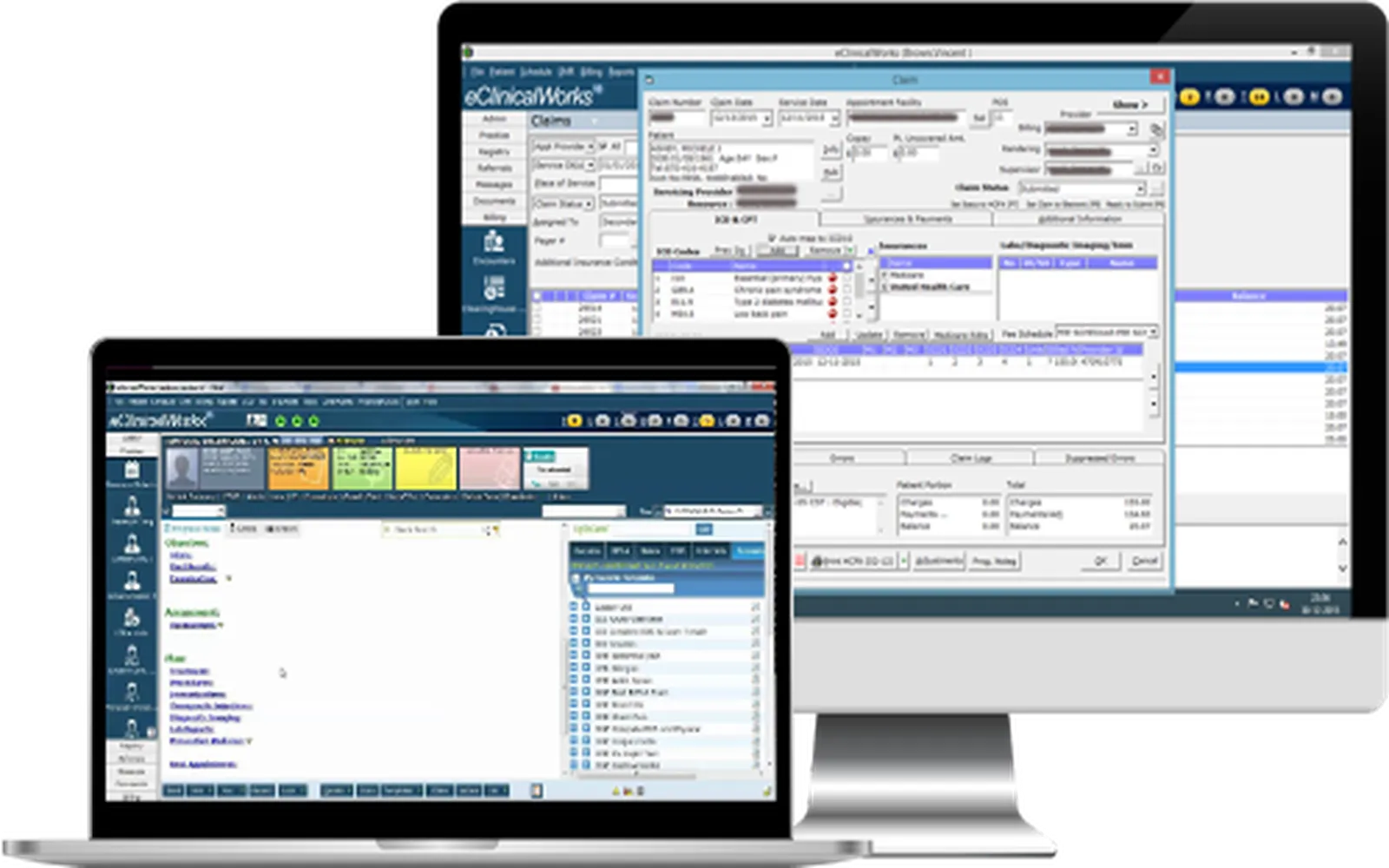Telemedicine Services: Modern Healthcare at Your Fingertips
Telemedicine services have rapidly evolved into a vital component of modern healthcare. By using secure video calls, apps, and remote monitoring tools, patients can now connect with healthcare providers without leaving home. Whether you're managing a chronic condition, seeking mental health support, or in need of a quick diagnosis, telemedicine offers a convenient and effective solution.
What Are Telemedicine Services?
Telemedicine services use digital technology to deliver medical care remotely. Through smartphones, tablets, or computers, patients can consult with licensed healthcare providers via live video or phone, access prescriptions, receive diagnoses, and even undergo follow-up care.
These services are ideal for:
- Routine checkups
- Mental health counseling
- Prescription renewals
- Minor urgent care needs
- Chronic condition management
How Telemedicine Works
The process is simple:
- Schedule an Appointment – Use your provider’s website or app.
- Connect with a Doctor – Log in at your scheduled time for a secure video consultation.
- Get Diagnosed or Treated – The doctor may provide a diagnosis, send prescriptions to your pharmacy, or recommend in-person care if needed.
- Follow Up Remotely – Many platforms offer chat or email for ongoing communication.
Benefits of Telemedicine Services
✅ Convenience – No travel or waiting rooms. Appointments can often be made same-day.
✅ Access to Specialists – Especially helpful in rural or underserved areas.
✅ Reduced Costs – Eliminates transportation and sometimes lowers consultation fees.
✅ Continuity of Care – Ideal for managing long-term conditions or post-operative care.
✅ Privacy – Sessions are typically conducted through encrypted, HIPAA-compliant platforms.
Common Conditions Treated via Telemedicine
Telemedicine is effective for:
- Cold and flu symptoms
- Allergies
- Skin rashes
- Urinary tract infections
- Depression and anxiety
- High blood pressure monitoring
- Diabetes management
- Medication management
Insurance and Telemedicine
Many health insurers now cover telemedicine visits, especially after the COVID-19 pandemic accelerated its adoption. Medicare and Medicaid also support certain types of virtual care. It’s important to verify your coverage before your appointment.
Choosing the Right Telemedicine Provider
When selecting a telemedicine platform, consider:
- Provider Credentials – Ensure doctors are board-certified.
- Ease of Use – Look for a user-friendly platform with good support.
- Availability – Some services offer 24/7 care.
- Specialist Access – If you need dermatology, psychiatry, or pediatrics, check for specific services.
- Integration – Choose a provider that can coordinate with your primary care physician.
Popular platforms include:
- Teladoc Health
- Amwell
- MDLIVE
- Doctor on Demand
- Health systems' proprietary apps (like MyChart Video Visits)
Limitations of Telemedicine
While telemedicine offers great flexibility, it’s not suitable for:
- Emergency situations (e.g., chest pain, severe bleeding)
- Conditions requiring hands-on exams or lab testing
- Complex diagnostic procedures
In these cases, in-person care remains essential.
The Future of Telemedicine
As technology improves and regulations evolve, telemedicine is expected to expand further. Advancements in wearable health devices, AI diagnostics, and integrated electronic health records (EHRs) will make virtual care even more personalized and effective.
Final Thoughts
Telemedicine services are reshaping how we experience healthcare—making it faster, easier, and more accessible. Whether you're looking to manage a chronic illness or simply avoid the hassle of a clinic visit, telemedicine is a powerful tool that brings quality care to your screen.
Before your next health concern, consider if a telemedicine visit could save you time and stress.
Explore

Convenience at Your Fingertips: The Ultimate Guide to Online Payment Systems

HR Compliance Tools for Modern Workplaces

Revolutionizing Healthcare: The Power and Portability of Modern X-Ray Machines

Top Home Renovation Trends for 2025: Transform Your Space for Modern Living

Humana Health 2025: Innovations and Trends Shaping the Future of Healthcare

Revolutionizing Healthcare: The Future of Patient Care with Eclinical Software

Top Backup Services of 2025: Safeguard Your Data with the Latest Solutions

Top Debt Consolidation Services of 2025: Your Ultimate Guide to Financial Freedom
